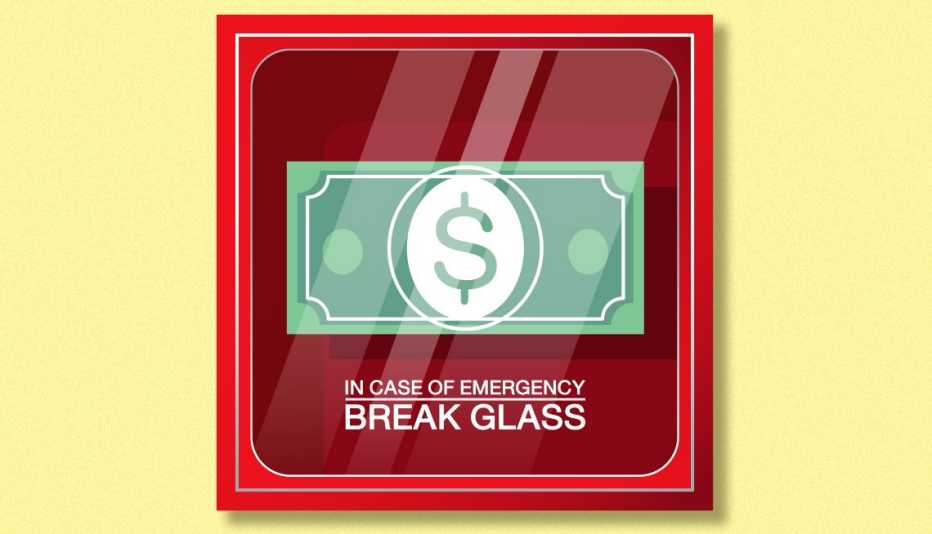AARP Hearing Center


When we put money into a retirement account, we generally have every intention of leaving it there to grow until we retire. But life happens. Maybe you or a loved one loses a job, suffers a serious illness or experiences a sudden financial setback, and you find yourself needing those funds.
But taking money out of a 401(k) plan or individual retirement account (IRA) early — defined by federal law as before age 59½ — carries a cost. Not only are you on the hook for federal and state income taxes on what you withdraw, but you typically must pay a 10 percent penalty on top of that.
If you’ve experienced a financially devastating event, you may have no other choice, says Cynthia Pruemm, founder and chief executive officer of SIS Financial Group in Hoffman Estates, Illinois. “You've got to take that hardship [withdrawal] to get your life back in order.”
There are select circumstances in which the IRS may waive the early-withdrawal penalty, among them “hardship distributions” to meet an immediate, heavy financial need or withdrawals to cover higher education, funeral expenses or a first-time home purchase. The list is growing, thanks to SECURE 2.0, the wide-ranging retirement savings law enacted in late 2022.
Easier access for emergencies
SECURE 2.0 has ushered in dozens of changes to federal rules governing retirement plans, including several that remove penalties and other hurdles to accessing those funds in an emergency.
For example, you may now be able to pull up to $1,000 from a retirement account, without owing the 10 percent penalty, for “unforeseeable or immediate” needs arising from a personal or family emergency, if your plan allows. You are restricted to one such distribution every three years unless you opt to treat it as a loan and pay it back within that period.
SECURE 2.0 also lays out several new scenarios where you can pull money from your 401(k) or IRA without having to pay the 10 percent penalty.
- Disasters: In the event of a federally declared disaster, you can take up to $22,000 from a retirement plan to cover such costs as rebuilding a house or replacing a car (effective for disasters going back to Jan. 26, 2021).
- Terminal illness: People diagnosed with a terminal medical condition can make penalty-free withdrawals if they are expected to die within seven years (in effect now).
- Domestic abuse: Survivors of domestic abuse can withdraw up to $10,000 or 50 percent of the account balance, whichever is less, potentially providing money to escape an abuser.
- Long-term care insurance: Starting Dec. 29, 2025, the penalty can be waived for distributions of up to $2,500 per year to pay premiums for long-term care (LTC) insurance that provides “high quality coverage.” According to the American Association for Long-Term Care Insurance, that likely means traditional, stand-alone LTC policies but could also include some of the more popular “hybrid” policies that combine LTC and life insurance, depending on their features.
SECURE 2.0 also allows people with 403(b) plans — a 401(k)-like plan typically offered by nonprofits and educational institutions — to access more of their retirement funds for hardship distributions. Before 2024, only an employee’s contributions to a 403(b) were available for such withdrawals. But now, 403(b) participants can tap investment earnings on the account as well as the money they put in themselves, as was already the case for 401(k) owners.



































































More From AARP
16 Ways SECURE 2.0 Could Help You Save for Retirement
How, and when, the new law changes IRAs and 401(k)s
Take 5 Expenses Off the Chopping Block
Don’t stop making these good money moves
5 Unexpected Reasons Retirees Are Going Back To Work
Health insurance and companionship are big factors